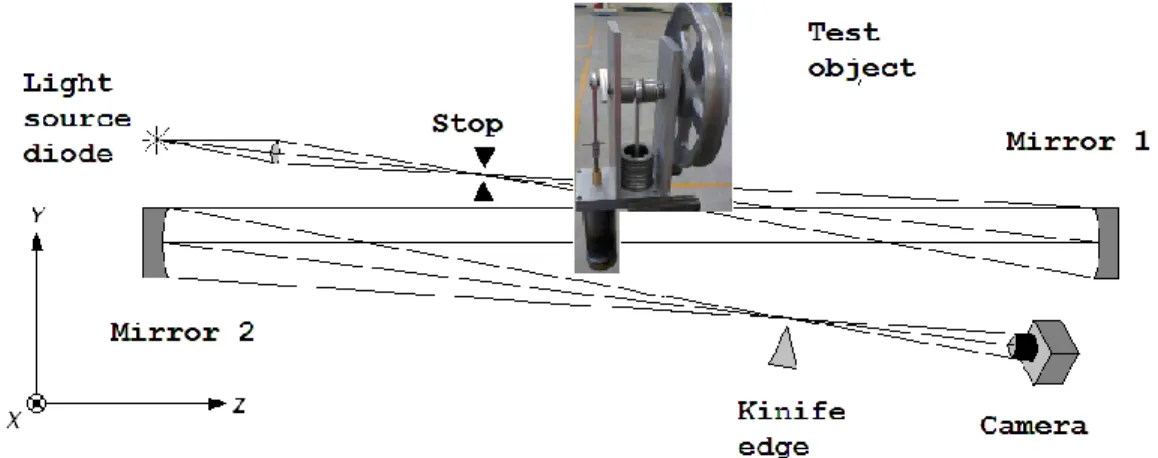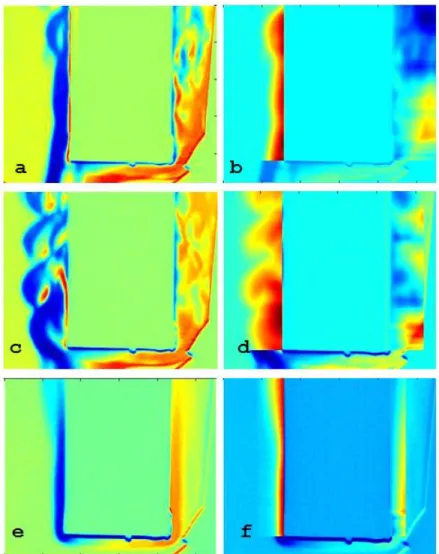Study of temperature distribution over a Stirling engine by using the Schlieren technique
Texto completo
Figure




Documento similar
Figure 1 shows the intensity map of ion m/z 850.658, the clustering results with four clusters (fuzzifier set to 2 and using the Euclidean distance), and the hard and soft
Government policy varies between nations and this guidance sets out the need for balanced decision-making about ways of working, and the ongoing safety considerations
Lacking a detailed theory for non-equilibrium polariton condensates, we test the validity of both atomic theories comparing the behavior of the temperature dependence
In this paper, ring oscillators are employed as temperature transducers (Fig.1). This type of circuits can be easily implemented using few logic cells. The advantages of this
In the edition where the SPOC materials were available, we have observed a correlation between the students’ final marks and their percentage rate of
The results obtained using the new technique are validated by comparing them with those obtained using a finite-element technique, and with a standard IE implementation using
In this case the sweep goes close to the source, so the technique implemented in this paper will have to switch between the summation by parts technique and the direct sum of
Thus, in this contribution, we present the statistical laws that describe electromagnetic field maxima distribution, and based on them, we develop a novel methodology which relates
